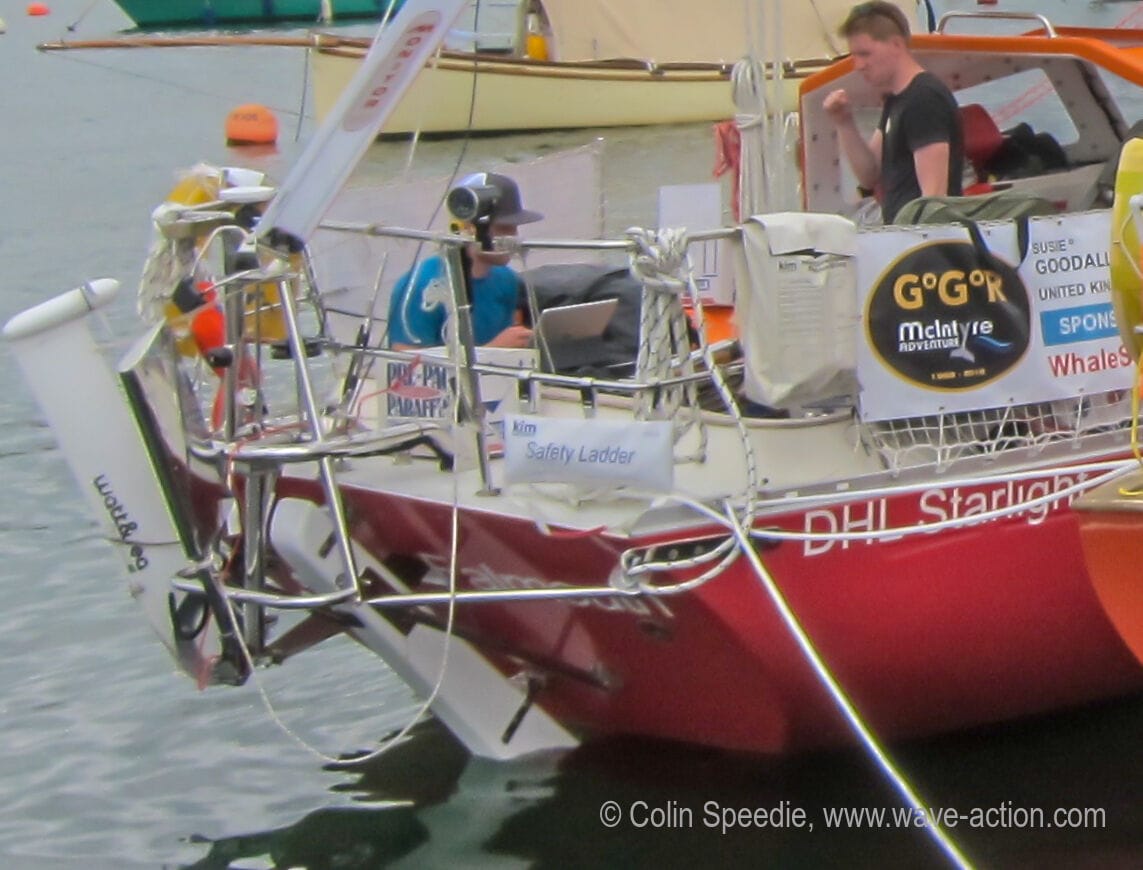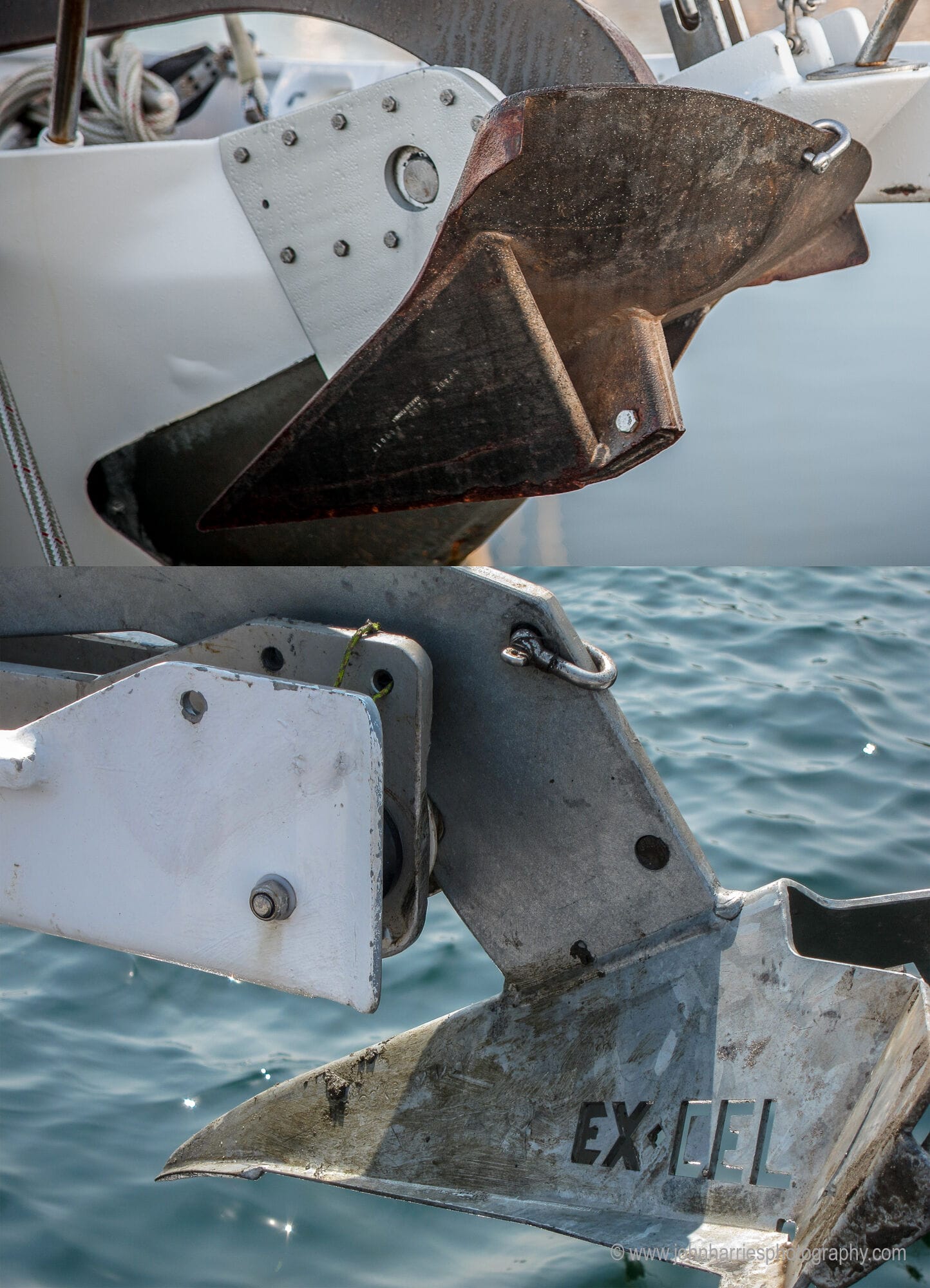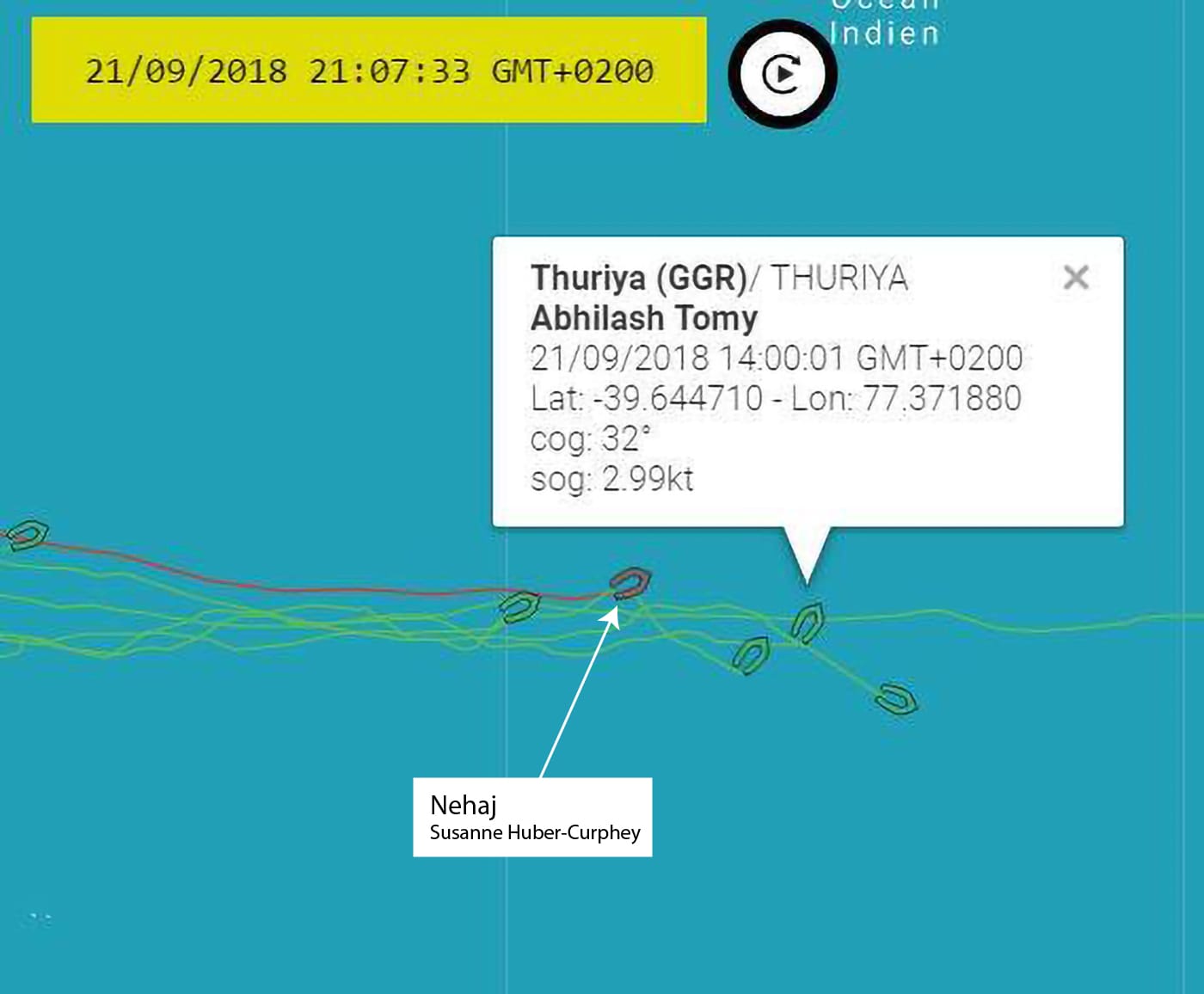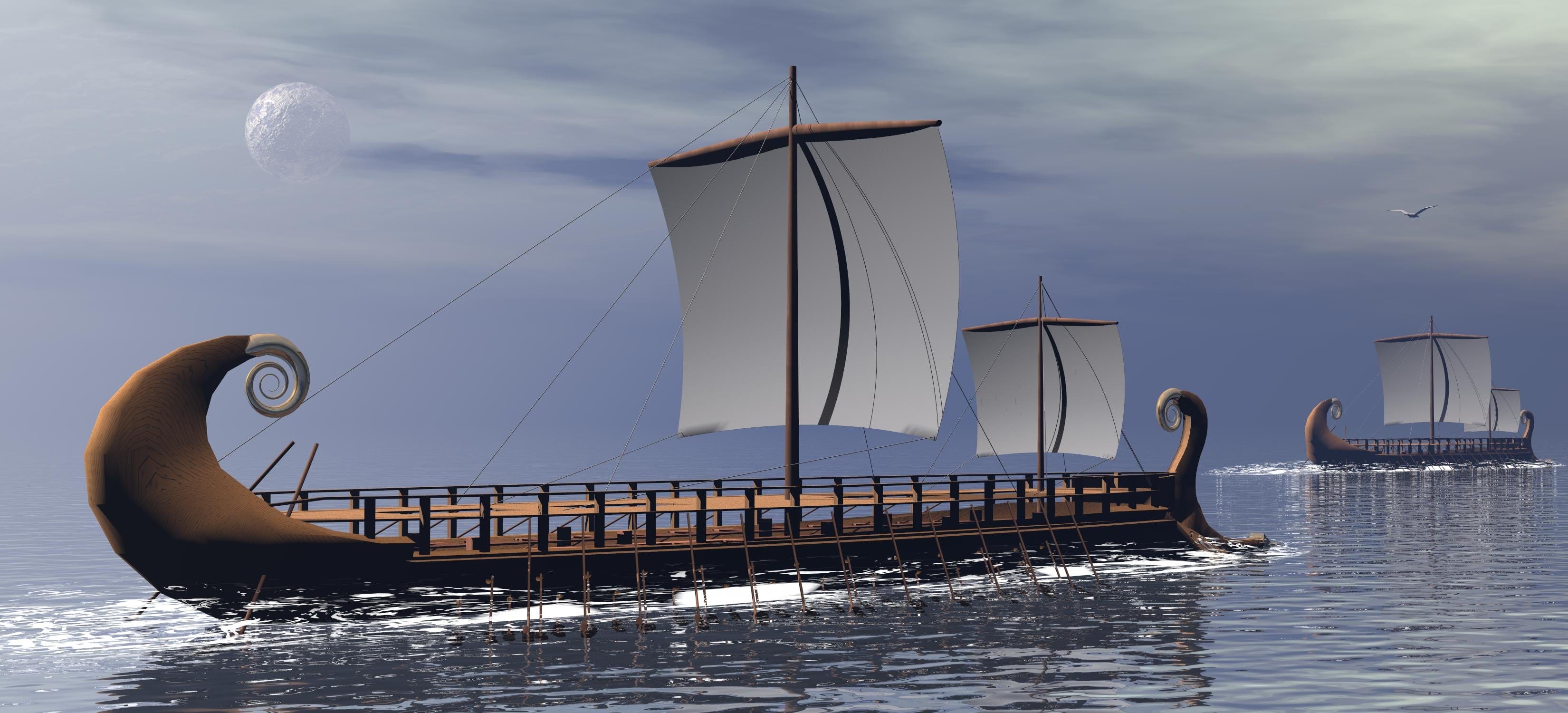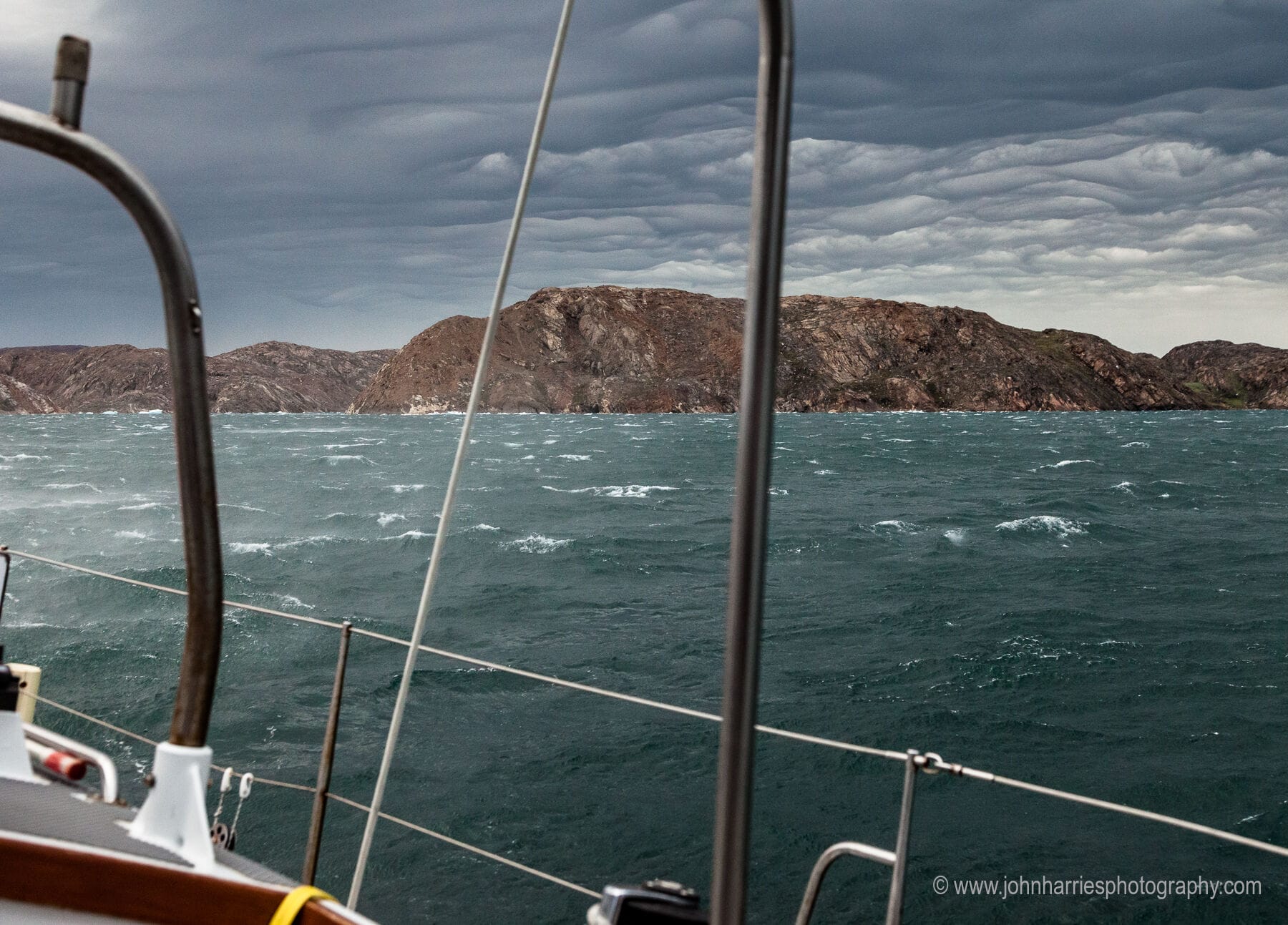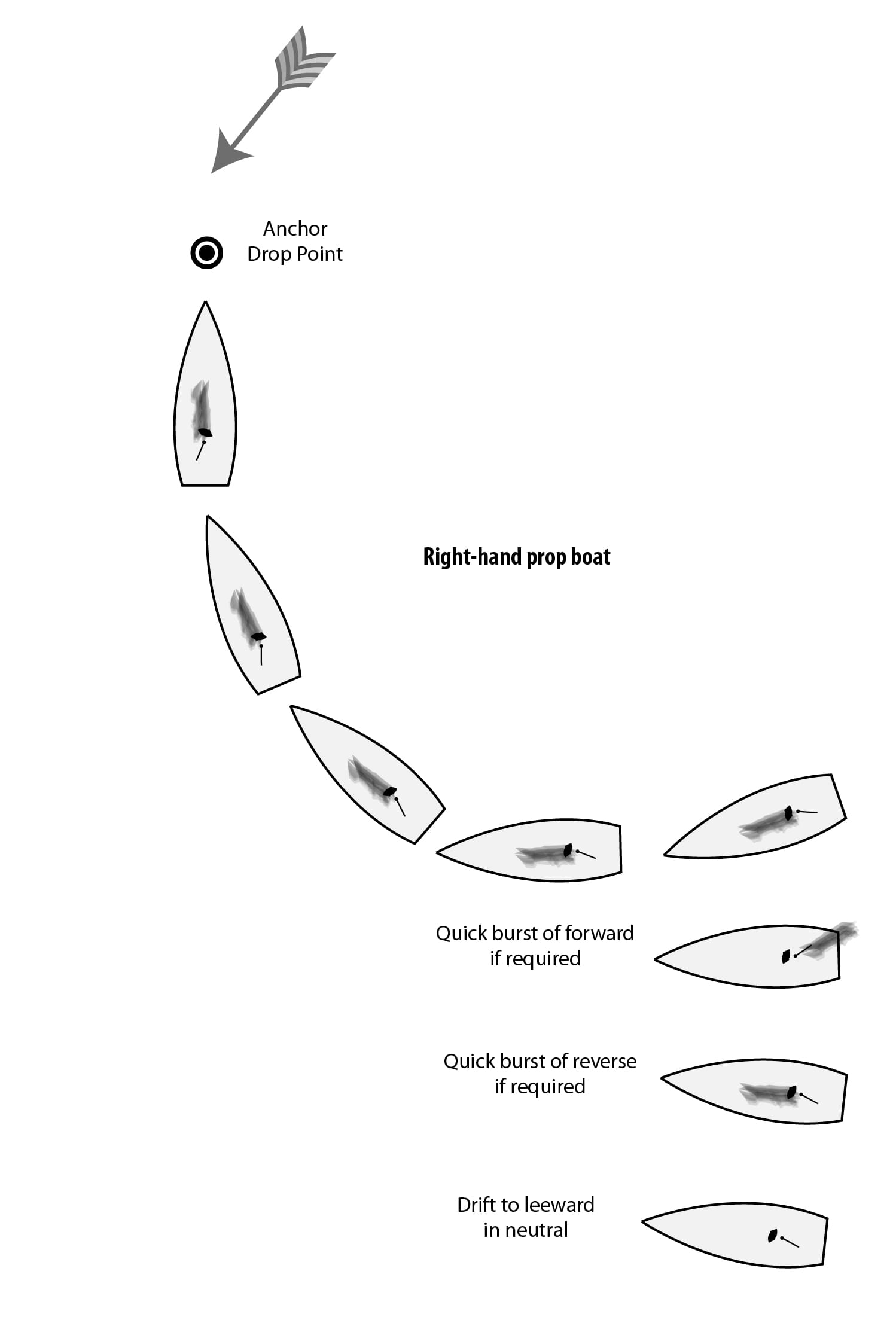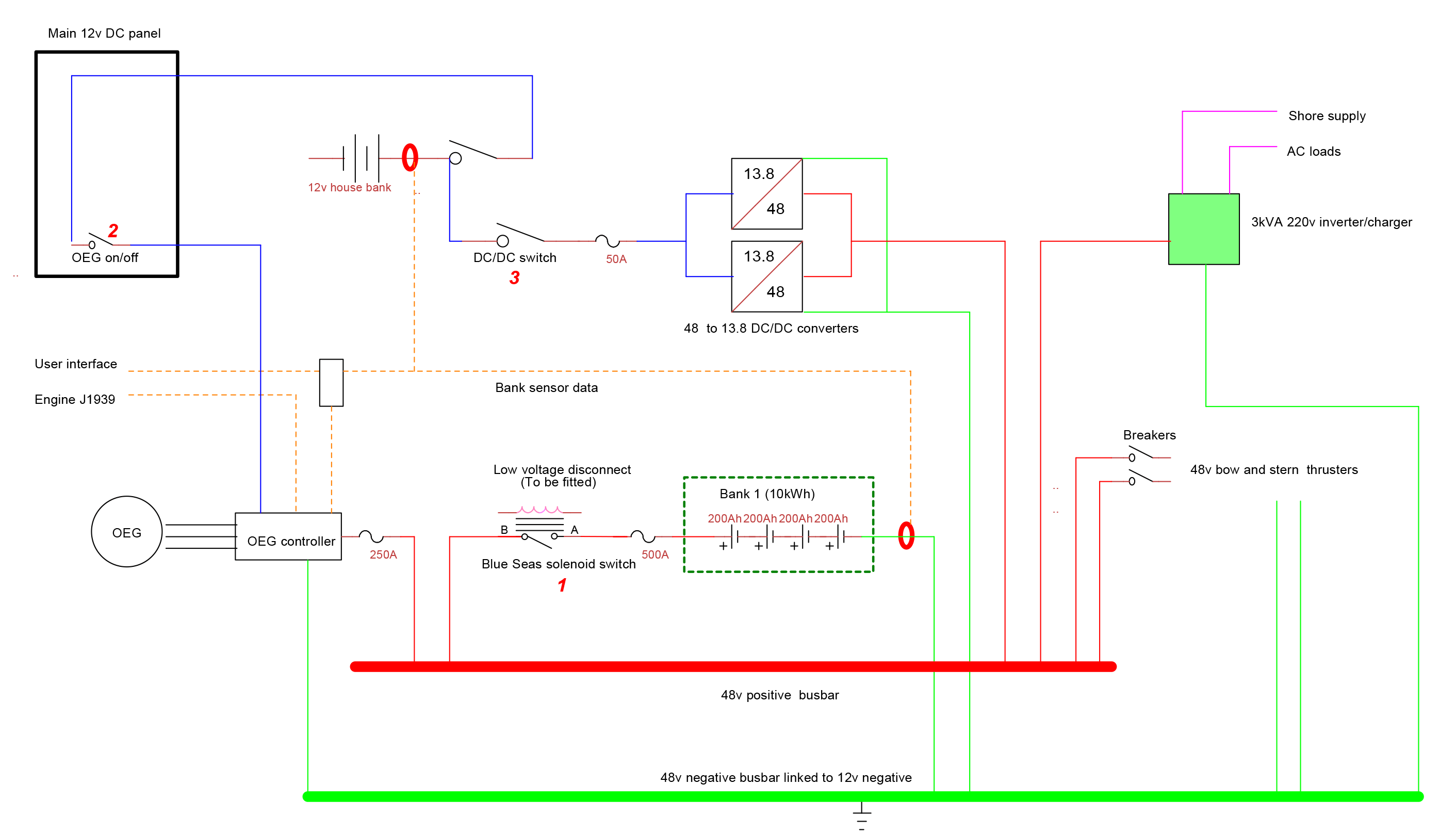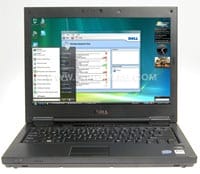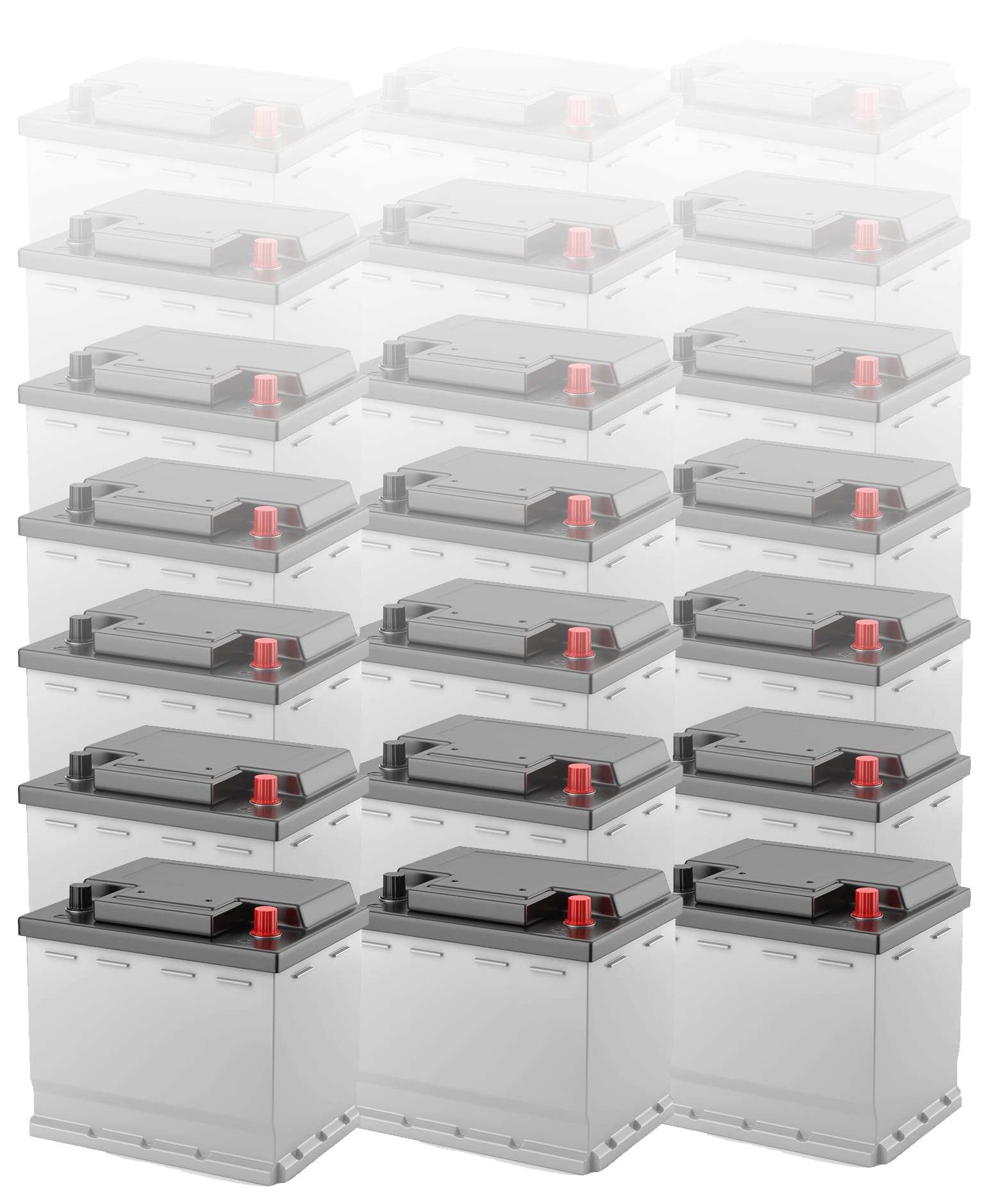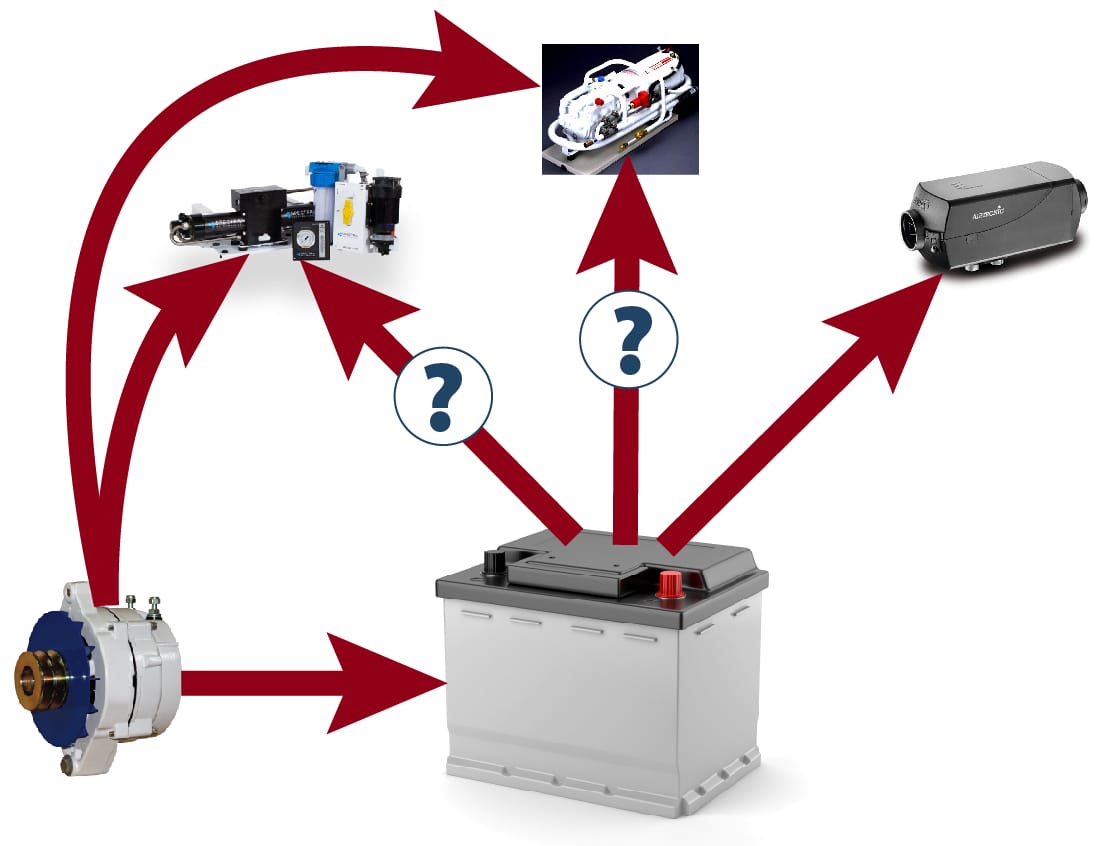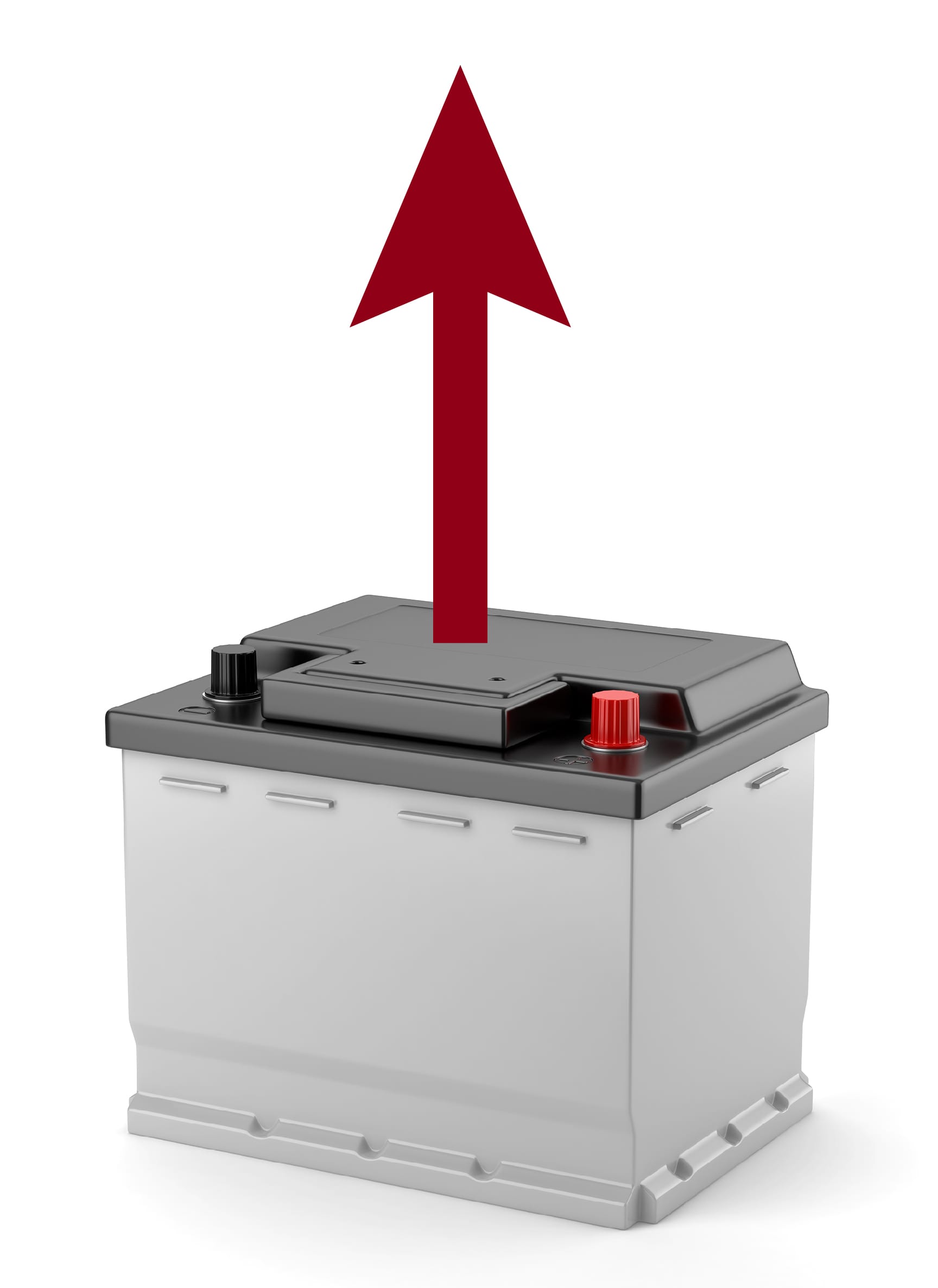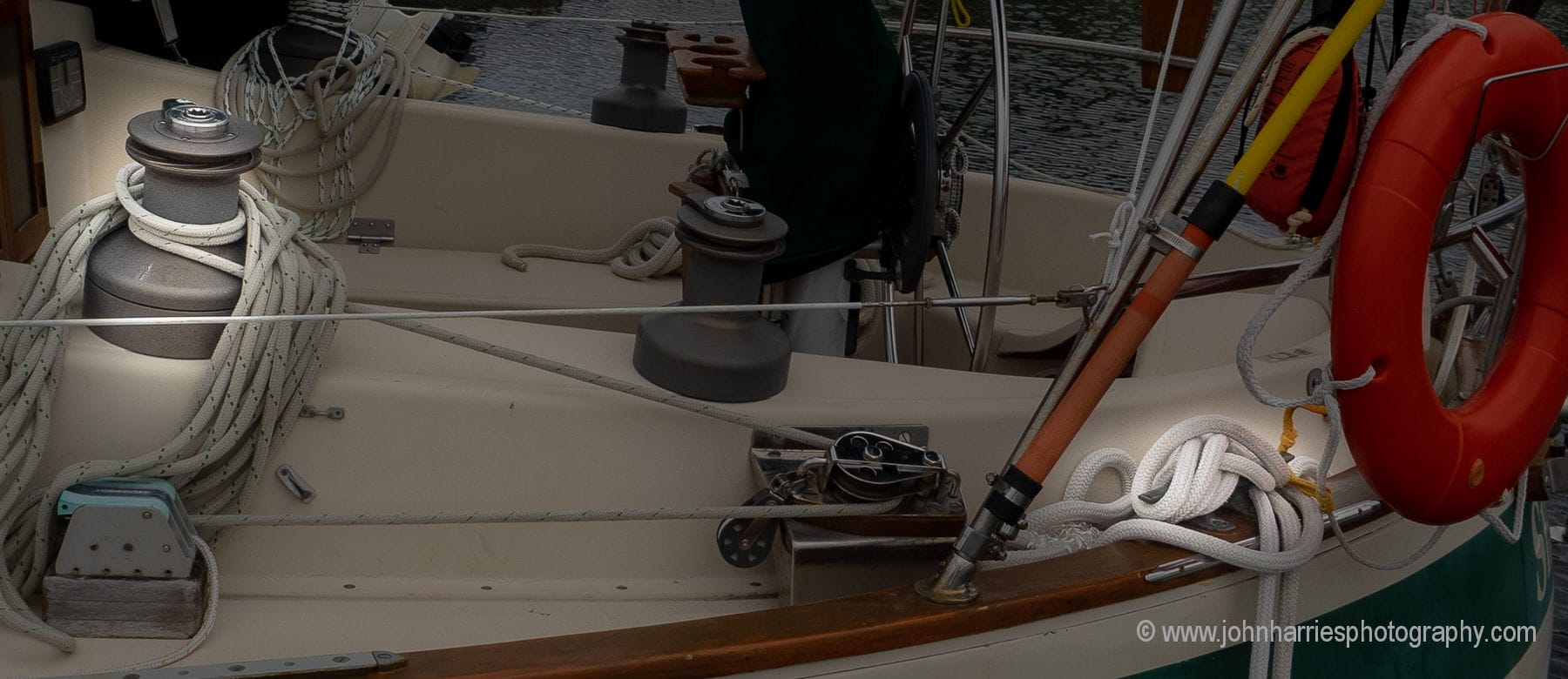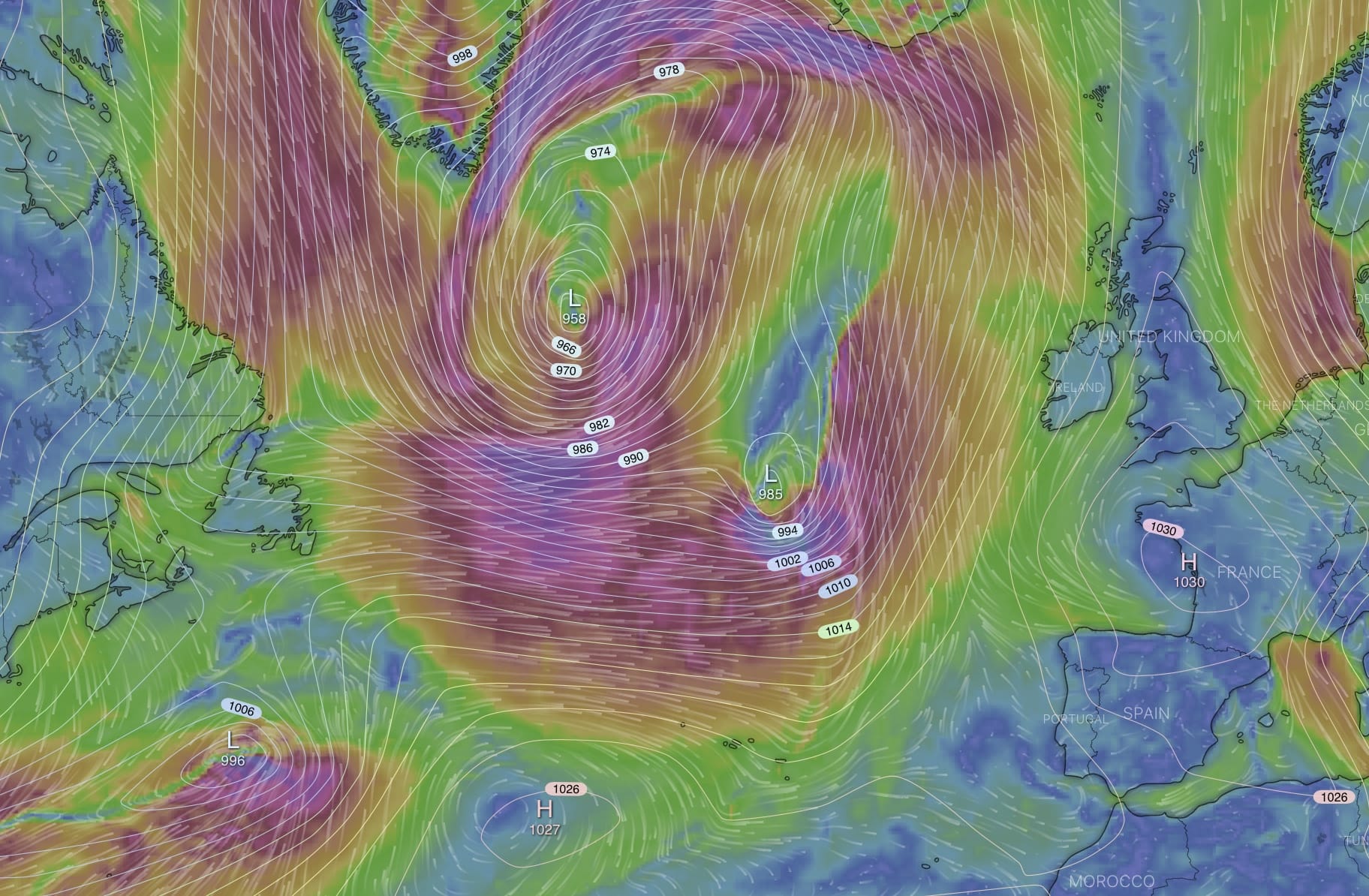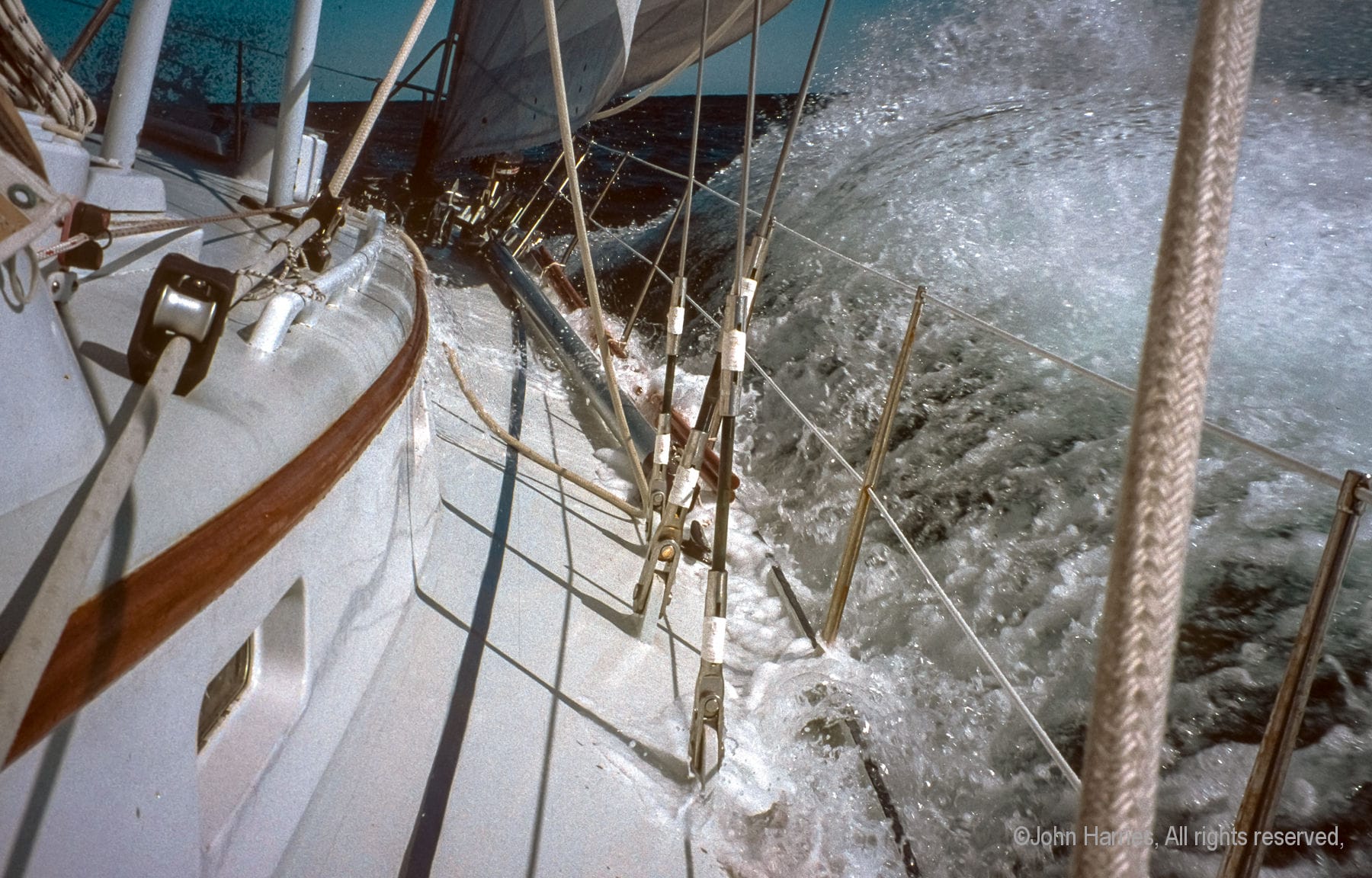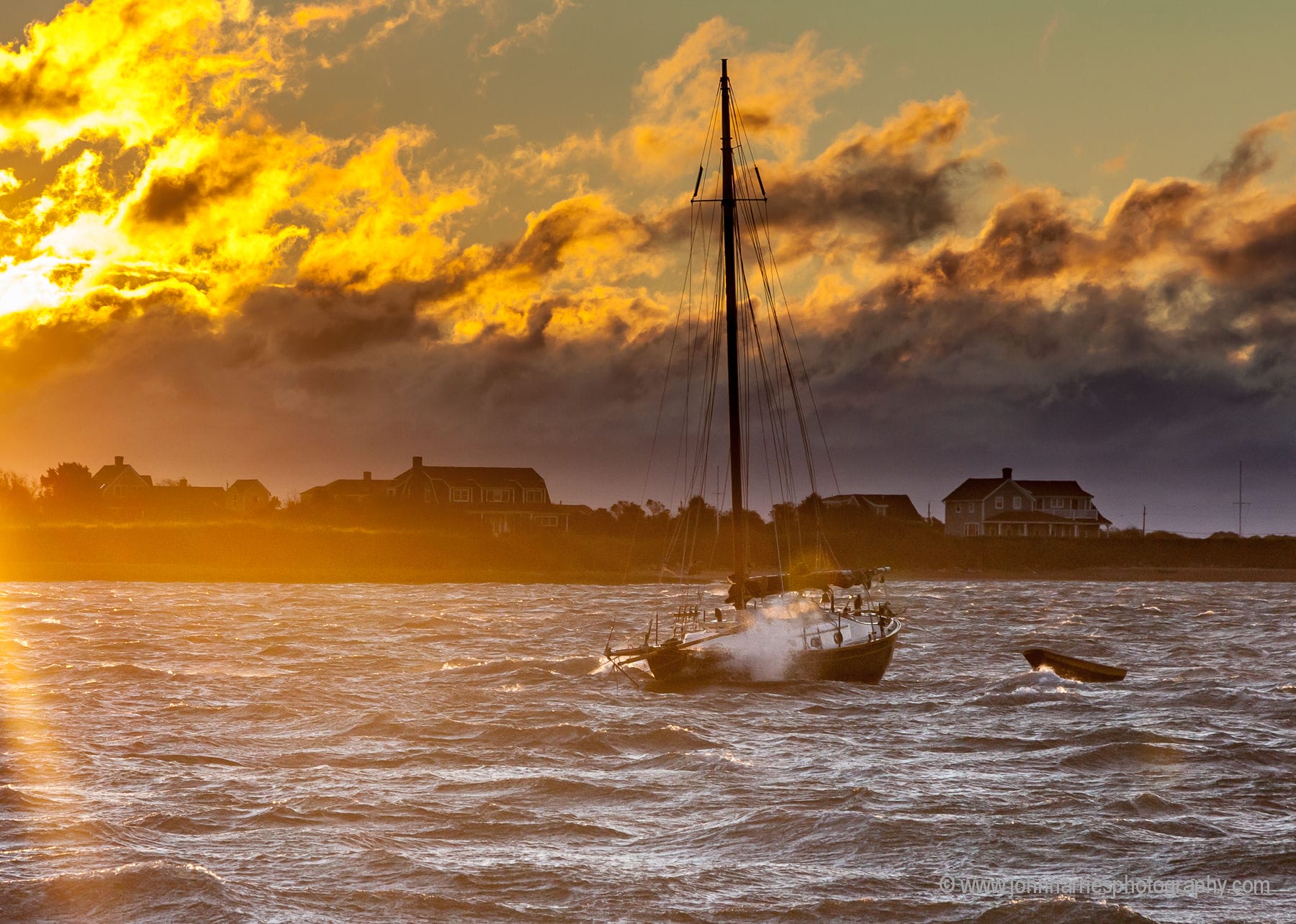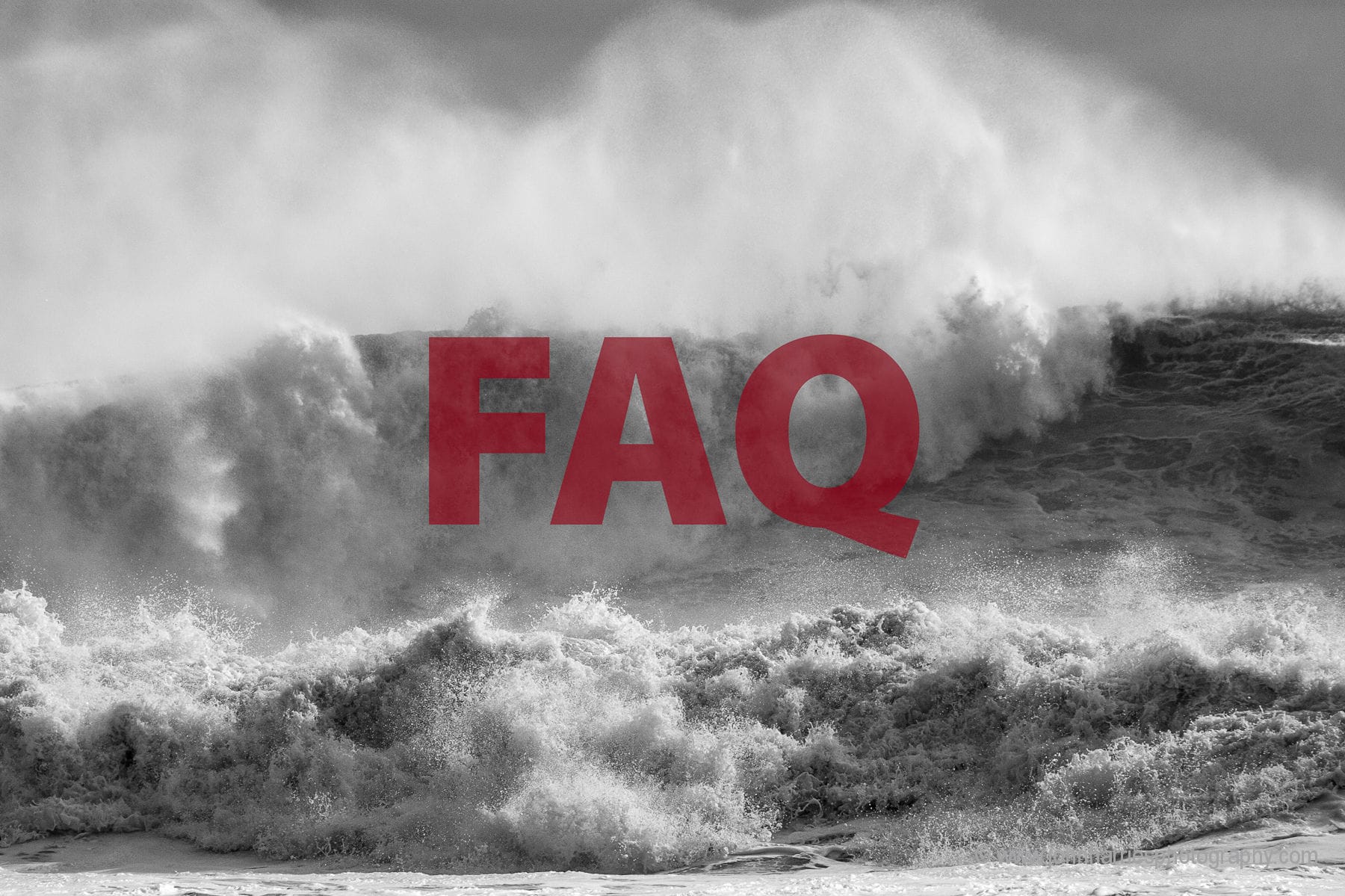-
Susie Goodall’s Series Drogue Failure
98 CommentsReading Time: 7 minutesFreeRead more: Susie Goodall’s Series Drogue FailureSusie Goodall was one of the few competitors in Golden Globe Race 2018 with a series drogue to Don Jordan’s design. But it failed her, and her boat pitchpoled What went wrong and does Susies’ terrible experience indicate a fundamental problem with the series drogue and/or Don Jorgan’s science and engineering? John digs in to find out.
-
SPADE, SARCA Excel, or Some Other Anchor?
40 CommentsReading Time: 6 minutesMembersRead more: SPADE, SARCA Excel, or Some Other Anchor?In the last two chapters we have reviewed the SPADE and SARCA Excel anchors. So which of the two is best, and are there other anchors as good or better? We also cover four anchors we should never use.
-
Golden Globe Race 2018—It Didn’t Have to Be That Way, and How to Fix It
114 CommentsReading Time: 6 minutesFreeRead more: Golden Globe Race 2018—It Didn’t Have to Be That Way, and How to Fix ItNow that the Golden Globe 2018 is nearly over, it’s time to figure out why it turned into a demolition derby, and how to fix it so that there will be future editions.
-
A Sailing Fairy Tale
8 CommentsReading Time: 4 minutesFreeRead more: A Sailing Fairy TaleWe pursue a technical vein here at AAC. But sometimes it’s nice to take a break from anchors and electrons. To that end, John is trying his hand at fiction.
-
4 Vital Anchor Selection Criteria and a Review of SPADE
149 CommentsReading Time: 12 minutesFreeRead more: 4 Vital Anchor Selection Criteria and a Review of SPADEEveryone loves to tout the benefits of their favourite anchor, John included, but this article is about much more: how to cut through all the claims to the criteria that really matter when selecting an anchor.
-
15 Steps To Getting Securely Anchored
59 CommentsReading Time: 10 minutesFreeRead more: 15 Steps To Getting Securely AnchoredWhen thinking about anchoring, it’s easy to just focus on gear, but good technique can contribute at least as much to getting securely anchored. These steps, based on 40 years of experience, make getting securely anchored easy and repeatable.
-
Beware Marine Equipment Awards
31 CommentsReading Time: 3 minutesFreeRead more: Beware Marine Equipment AwardsAre the gear awards given by panels of marine journalists useful and worth your time?
-
UV Protection For Roller Furling Sails
38 CommentsReading Time: 4 minutesMembersRead more: UV Protection For Roller Furling SailsA headsail that is not protected from sun damage when furled, will only last a season or so. So what’s the best way to protect the sail? John has some suggestions.
-
Nigel Calder’s Integrel, Part 2—Is It Really Better Than a Generator?
60 CommentsReading Time: 7 minutesMembersRead more: Nigel Calder’s Integrel, Part 2—Is It Really Better Than a Generator?In Part 1 we concluded that Integrel was too expensive and complicated to be of use to cruisers who have reasonably modest daily power needs. But what about those of us who want all the comforts of home and therefore use a lot of power in the run of a day, or even those with one foot in each camp?
-
Nigel Calder’s Integrel, Part 1—What You Need To Know
76 CommentsReading Time: 11 minutesMembersRead more: Nigel Calder’s Integrel, Part 1—What You Need To KnowNigel Calder’s newest machine, that claims to revolutionize electrical systems on boats, has generated a huge amount of excitement. So is this thing a good product that we should buy? Let’s dig in and find out.
-
Cruising Boat Electrical System Design, Part 3—Specifying Optimal Battery Bank Size
58 CommentsReading Time: 10 minutesMembersRead more: Cruising Boat Electrical System Design, Part 3—Specifying Optimal Battery Bank SizeIn the last two chapters we took a deep and considered dive into analyzing the electrical loads on our boats and thinking about ways to reduce said loads through smart systems thinking. Now we get to the payoff: How to calculate optimal battery bank size or, alternatively, how to live with the battery bank size we already have. I have built a spreadsheet to make the whole process easier.
-
Cruising Boat Electrical System Design, Part 2—Thinking About Systems
11 CommentsReading Time: 5 minutesMembersRead more: Cruising Boat Electrical System Design, Part 2—Thinking About SystemsIn the last chapter we looked at some big loads that take electricity from our battery. In this chapter John covers watermakers and diesel furnaces and shows how system thinking can save us from having to install a silly-sized battery bank.
-
Cruising Boat Electrical System Design, Part 1—Loads and Conservation
59 CommentsReading Time: 10 minutesMembersRead more: Cruising Boat Electrical System Design, Part 1—Loads and ConservationTwo core decisions we must make when designing a cruising boat electrical system for living aboard full time and making offshore voyages, are the size of the battery bank and which charging sources we will need: generator, solar, main engine, wind, etc. But the first thing we need to do, before getting into all that fun stuff, is think about electrical consumption and how to keep it reasonable.
-
Alternatives to Chainplates For Drogue Attachment…Or Not
98 CommentsReading Time: 4 minutesMembersRead more: Alternatives to Chainplates For Drogue Attachment…Or NotJohn analyzes two alternatives to chainplates for attaching a series drogue to our boats.
-
Prioritizing The Right Things
39 CommentsReading Time: 4 minutesMembersRead more: Prioritizing The Right ThingsPrioritization, the most important skill a cruiser needs to actually get out there.
-
He Does Weather Routing, Not Miracles
20 CommentsReading Time: 3 minutesFreeRead more: He Does Weather Routing, Not MiraclesSome really useful information from a really smart and honest weather router, and then some tips on the quickest way to learn about weather.
-
Ocean Passaging—Turning Back Is Hard To Do
36 CommentsReading Time: 4 minutesMembersRead more: Ocean Passaging—Turning Back Is Hard To DoTurning back is hard, but sometimes it’s the only right thing to do. John tells some true stories about turning back.
-
Anchor Chain Catenary, When it Matters and When it Doesn’t
106 CommentsReading Time: 7 minutesMembersRead more: Anchor Chain Catenary, When it Matters and When it Doesn’tThere are two opposing views on chain catenary: those who believe that having a lot of chain on the bottom increases holding, and those who have observed an all chain rode being pulled bar straight in any winds above about 30 knots and therefore hold that catenary does nothing useful in anchoring. Who is right? Read on to find out, and also for John’s recommendation for the best chain grade to use.
-
Susie Goodall Pitchpoled
99 CommentsReading Time: 3 minutesFreeRead more: Susie Goodall PitchpoledJohn has a few preliminary thoughts ending with a key point.
-
Which Old Salts Should We Listen To? 10 Ways To Decide—Part 2
74 CommentsReading Time: 8 minutesMembersRead more: Which Old Salts Should We Listen To? 10 Ways To Decide—Part 2Here is Part 2 of John’s tips on how to decide which old salts to listen to, as well as how to decide between conflicting opinions expressed by experienced voyagers.
-
Which Old Salts Should We Listen To? 10 Ways To Decide—Part 1
65 CommentsReading Time: 9 minutesMembersRead more: Which Old Salts Should We Listen To? 10 Ways To Decide—Part 1Blindly following the teachings of old salts, no matter how experienced and well meaning they are, can lead to poor gear choices and big mistakes once out there. But how do we decide who to believe or between two conflicting opinions? John has ten tips that even the most inexperienced offshore sailor can use to make that easier.
-
Storm Survival FAQ
42 CommentsReading Time: 6 minutesMembersRead more: Storm Survival FAQSeveral questions have repeatedly surfaced within the hundreds of comments on our Heavy Weather Tactics Online Book. So I have pulled those together in this chapter and added my thoughts.
-
11 Things We Do To Stay Rational About Safety
52 CommentsReading Time: 7 minutesFreeRead more: 11 Things We Do To Stay Rational About SafetyWe write a lot about safety here at AAC: crew overboard, storm survival, fire at sea, etc. All important stuff, but we worry about how this affects our primary goal here at Attainable Adventure Cruising of helping you go cruising. So here’s how we balance safety with actually getting out there.
